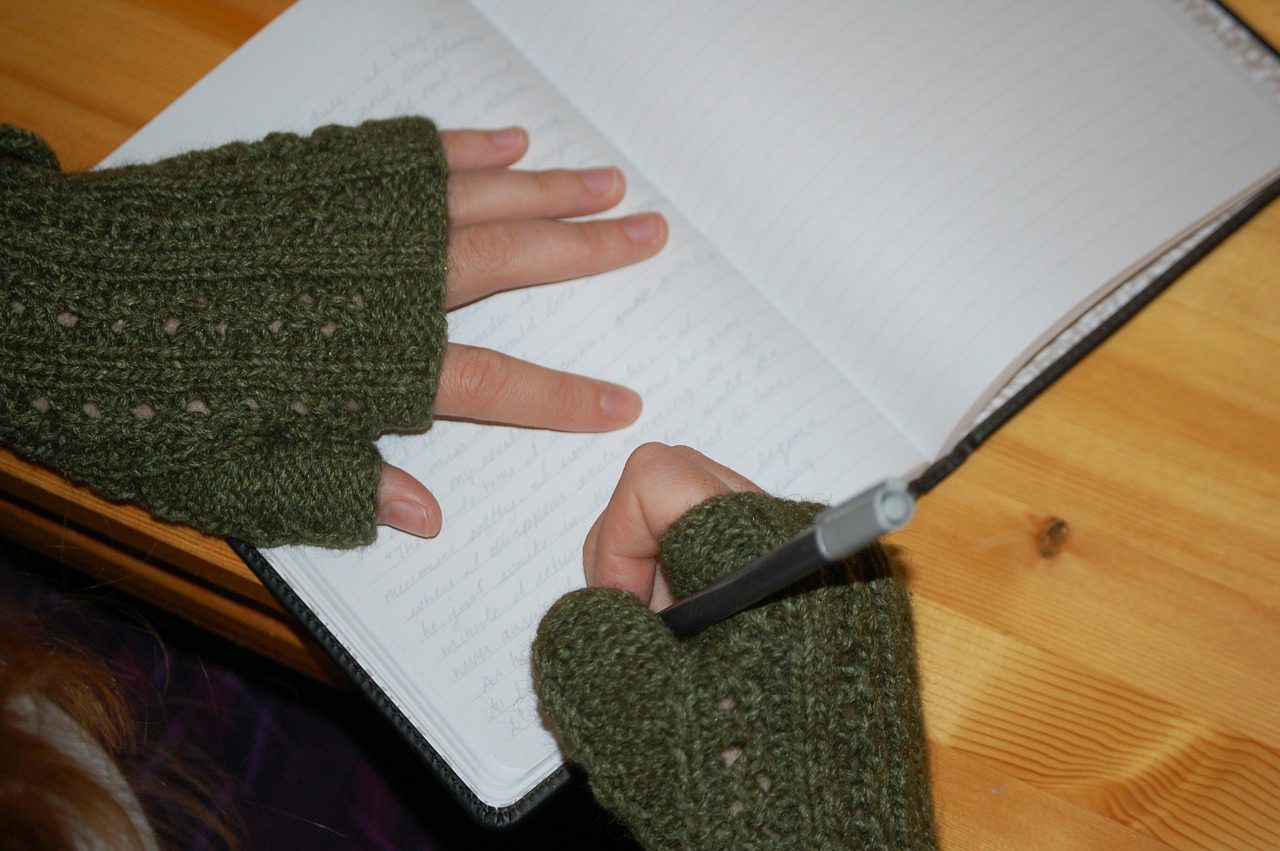
By Marcus Goh and Adrian Kuek
Writing a PSLE English composition plot is easy. Man steals wallet. Student fails exam because she did not study for it. A secret is uncovered by an erstwhile detective.
However, it’s filling up the plot with details that often has students stumped. Many times, students will write a purely functional composition explaining what happened in the plot, but omit details that would have made the piece more colourful.

This is where the 5W1H technique comes in. It’s a basic framework for exploring factors or consequences related to an issue. It stands for Who, What, Where, When, Why, and How, and each word corresponds to a different set of information. It’s frequently used in journalism and in problem solving processes.
It’s so ubiquitous that almost everyone knows what it means, and it’s also intuitive enough that you can figure out the rest of the letters once someone starts reciting what 5W1H stands for. That’s why it’s such a good framework for helping students generate details for their composition.
Here’s how you can use the 5W1H to make a composition more engaging.

Who
In this context, the “who” refers to the characters in the composition. When it comes to describing characters, it’s important to write about their general body shape, clothing, and facial features. You can’t go wrong describing the main characters in the story — it’s a great way for students to add depth to their characters and showcase their mastery of the language.
Where
The “where” of a composition refers to the setting. As with characters, describing the setting is also another excellent way for a student to show their language prowess. More importantly, it builds a visual backdrop for the action that is taking place in the reader’s mind. Most compositions have at least two different locations, and it is usually better to describe in greater detail the location where the climax takes place. However, don’t overdo it or you might be penalised on content.

When
The “when” of the composition may seem a little limited — after all, how much can you describe when it comes to time? Its real importance lies in giving readers temporal cues so that the chronology of events in the story is clear to the reader. Moreover, it offers a good chance to show contrast within a location itself. What changes does it go through in the day? Does a location look different at night?
Why
Fulfilling the “why” aspect means providing reasons for things that happen in the story. It can be a little ephemeral, but this is a good reminder to describe the thoughts and feelings of the characters. It gives the student a chance to explain the motivations of the characters, as well as to show their reaction to the unfolding events of the composition.

What
The “what” of the composition is already provided in the question — the pictures that the students are supposed to use. A clear and vivid description of the contents of the picture(s) that the student has chosen will leave no doubt to the examiner that the question requirements have been fulfilled, since describing it in great detail would make it a key part of the composition.
How
The “how” of the composition refers to the plot, which usually has been worked out by the student. Remember to clearly demarcate the introduction, rising action, climax, and conclusion of the composition so that the composition has a stronger structure.

The 5W1H is a simple tool that’s easy to remember and implement. Ask your child to use it the next time he or she writes a composition, and see how much more interesting details will be generated using this technique!
This article was written for and first published on Yahoo Singapore’s Grade Expectations.
Grade Expectations is a weekly feature on education in Singapore. Expect fun activities, useful tips and insightful news on learning. It’s not just about your child’s grades — it’s about raising a great child!
Marcus Goh runs Write-Handed, a creative writing studio. At the same time, he teaches English at The Write Connection. He has been a specialist tutor for English and Literature (Secondary) since 2005.
Adrian Kuek runs Joyous Learning, an enrichment centre that specialises in English, Mathematics, Science and Creative Writing for Primary. He previously served as the academic director of one of Singapore’s largest enrichment centre chains for over seven years.
If you liked the article, follow me on Facebook and Twitter for more (presumably) good updates!
To get in touch with me, send an email!
Leave a Reply